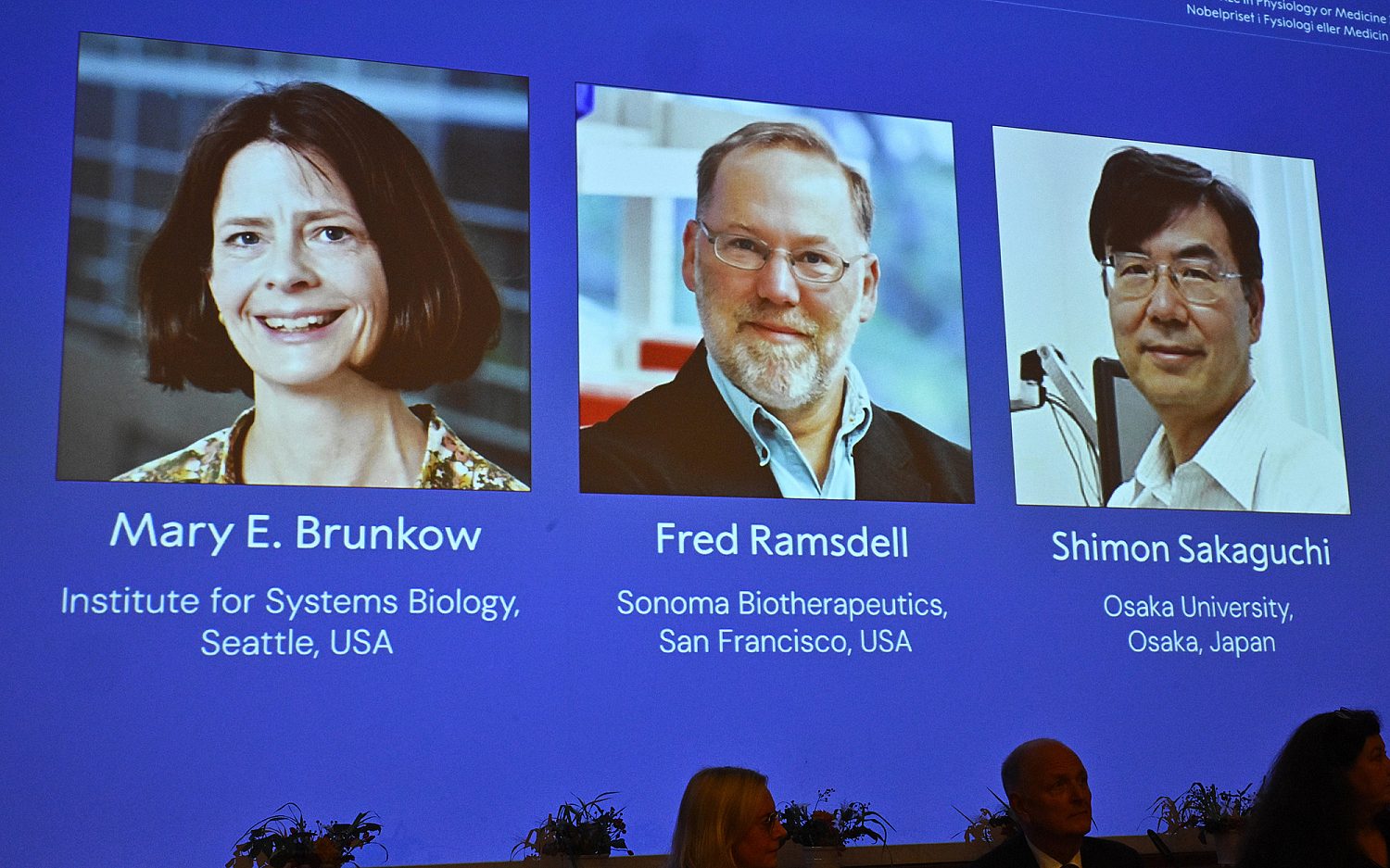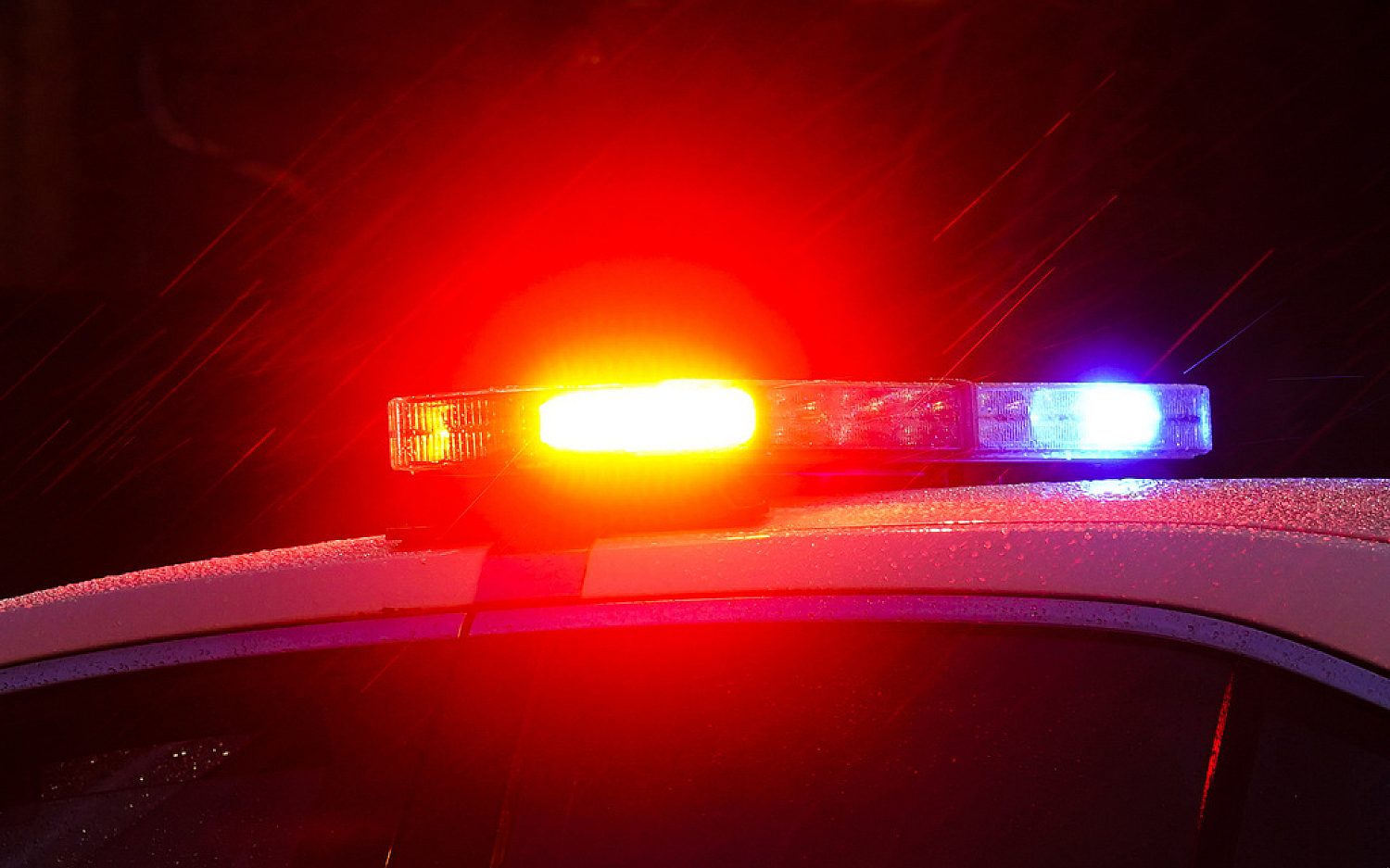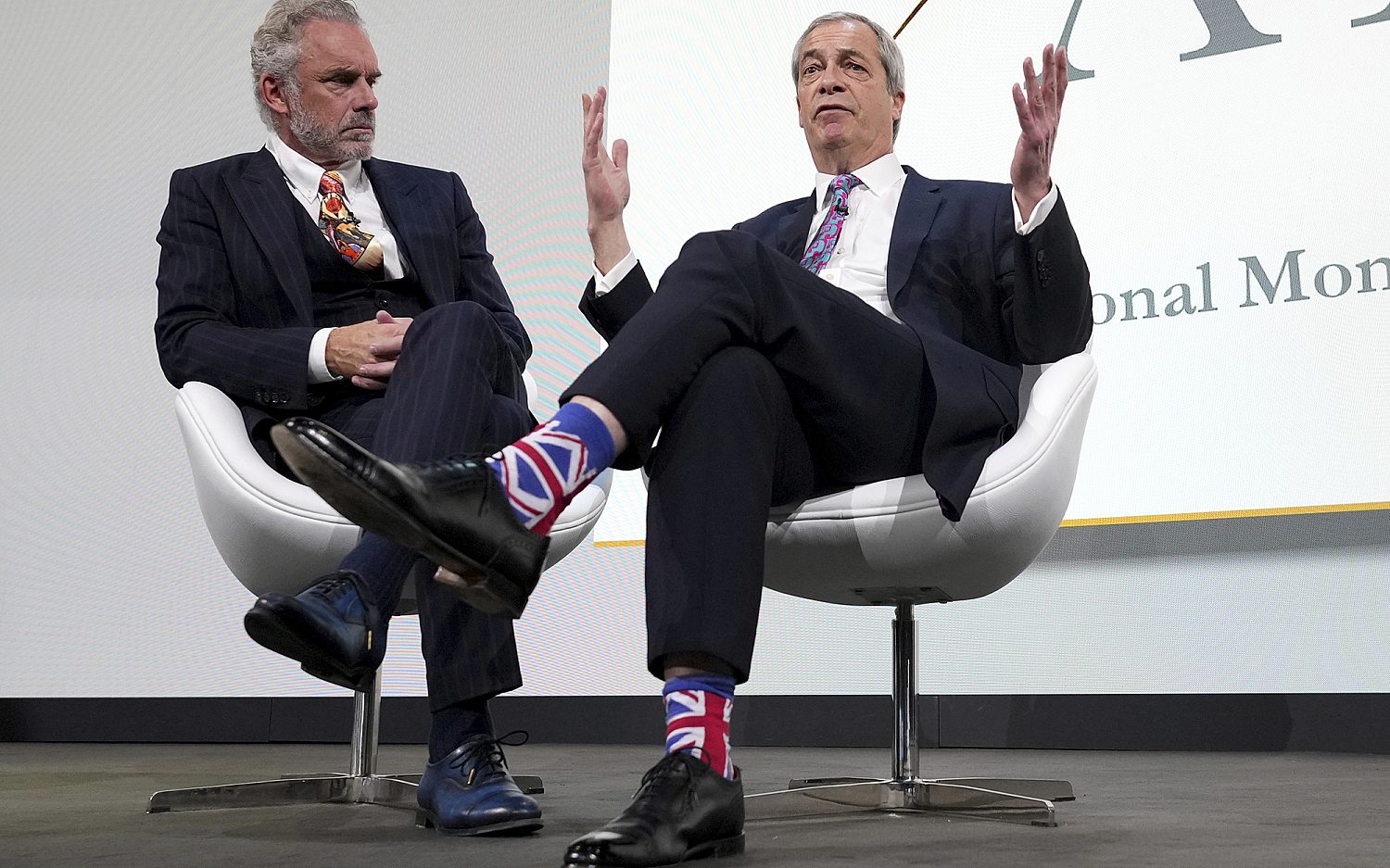New paper could solve developing world's unsafe water crisis
More than 660 million people around the world lack access to clean drinking water. Contaminated water is linked to the transmission of diseases like cholera, diarrhea, dysentery, hepatitis A, typhoid, and polio, according to the World Health Organization. Nearly 842,000 people, including more than 360,000 children under the age of 5, die every year as a result of unsafe drinking water, poor sanitation, and inadequate hand hygiene.
But researchers at Carnegie Mellon University in Pittsburgh believe they may have found a solution. Teri Dankovich, a chemist at the university, has created a new kind of paper embedded with silver or copper nanoparticles that can be used to purify drinking water in developing countries.
The nanoparticles kill deadly waterborne bacteria as water is filtered through the paper.
“People think of using filters for things like making coffee,” Dankovich said. “But this is different. In this case, the filter paper is functional—it kills bacteria.”
At one overseas testing site, people were dumping raw sewage into a stream, creating a very high bacteria count. Even so, the paper killed 99.9 percent of the microscopic bugs, reducing the contaminants to levels comparable to U.S. tap water. Although a tiny bit of copper or silver leaches into the water, the amount is well within safety limits, Dankovich told BBC News.
Many people have suggested Dankovich market the paper for things like water purification for outdoor enthusiasts. But that doesn’t interest her. Backpackers and others enjoying recreation in the wilderness can afford the water purification methods already available, she said.
“But this paper is so cheap and easy to make and transport that it could really help people who cannot obtain or afford water purification methods,” she said. “It could help to reduce the huge incidence of waterborne illness around the world.”
The researchers added a catchy twist by turning the treated paper into a manual they call a “drinkable book.” Each page is printed with food-grade ink and contains information about safe water habits, like keeping trash and feces away from the water source. Instructions are printed on the pages in English as well as in the local language.
Even though developing countries often have high levels of illiteracy, each community usually has a leader with some reading skills who can tell the people what is printed on the paper, Dankovich said. The research team also is working on illustrating the books with cartoons for a visual explanation.
Each page provides 30 days of clean water for one person, and an entire book, which costs only pennies to produce, can filter water for four years. The process is very easy, Dankovich said.
“All you need to do is tear out a paper, put it in a simple filter holder and pour water into it from rivers, streams, wells, etc., and out comes clean water,” she explained.
The researchers, who currently make the paper by hand, hope to obtain enough funding to print 200 to 500 books within the next six months for a pilot study in a developing country.
Students at Carnegie Mellon are now testing the paper for effectiveness against viruses and protozoan-type cells.
An actual newsletter worth subscribing to instead of just a collection of links. —Adam
Sign up to receive The Sift email newsletter each weekday morning for the latest headlines from WORLD’s breaking news team.





Please wait while we load the latest comments...
Comments
Please register, subscribe, or log in to comment on this article.